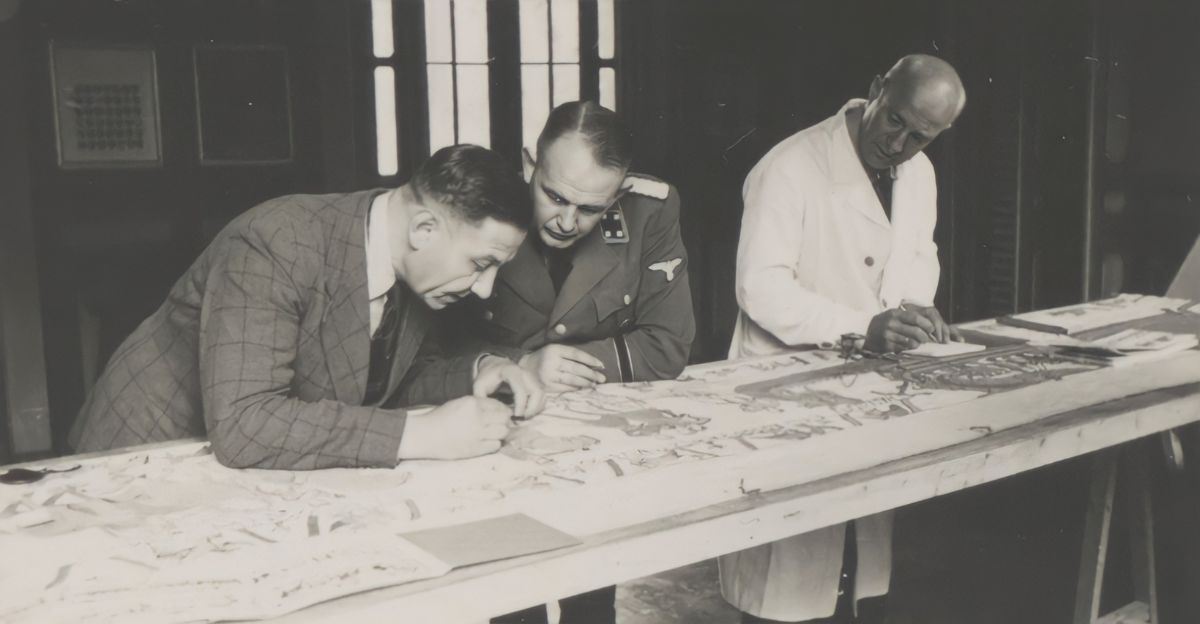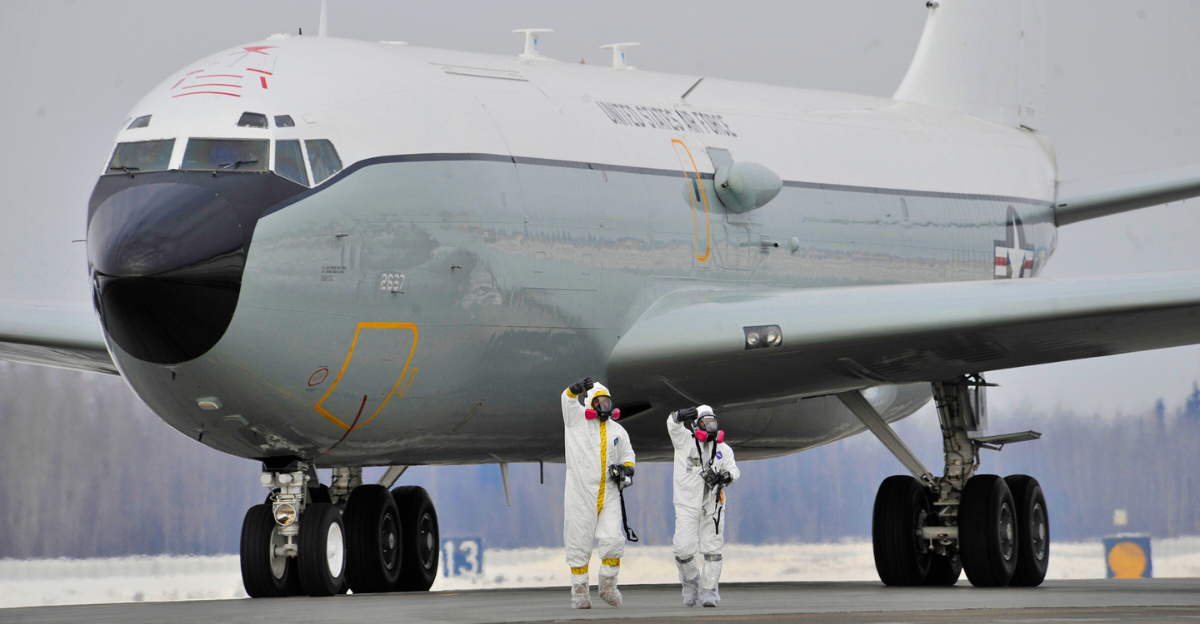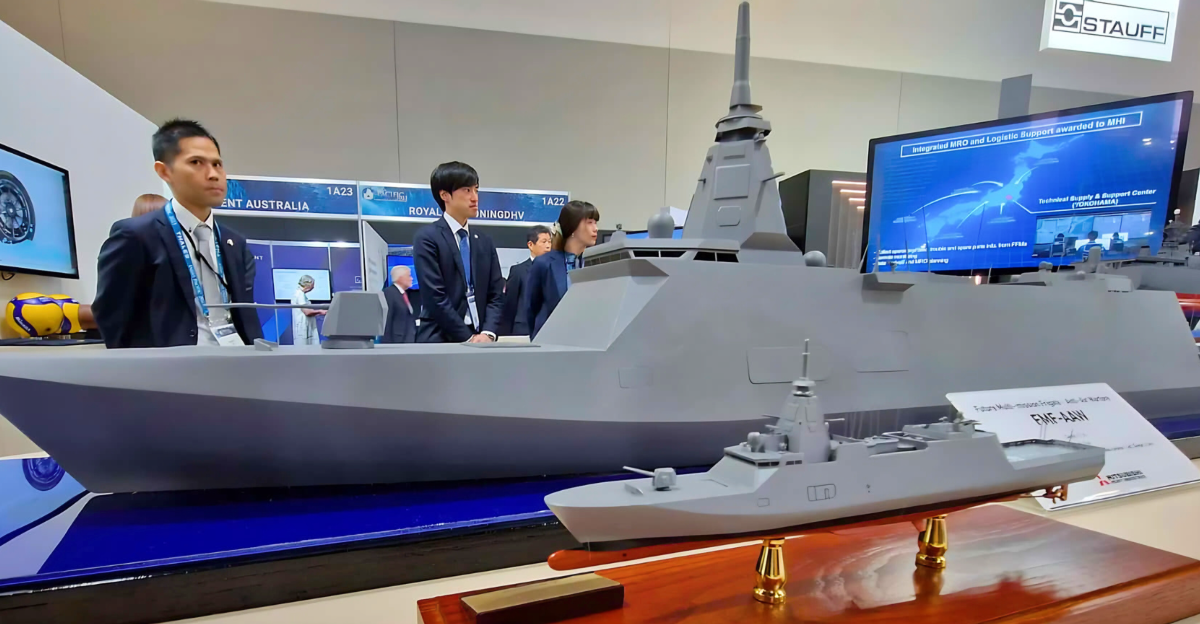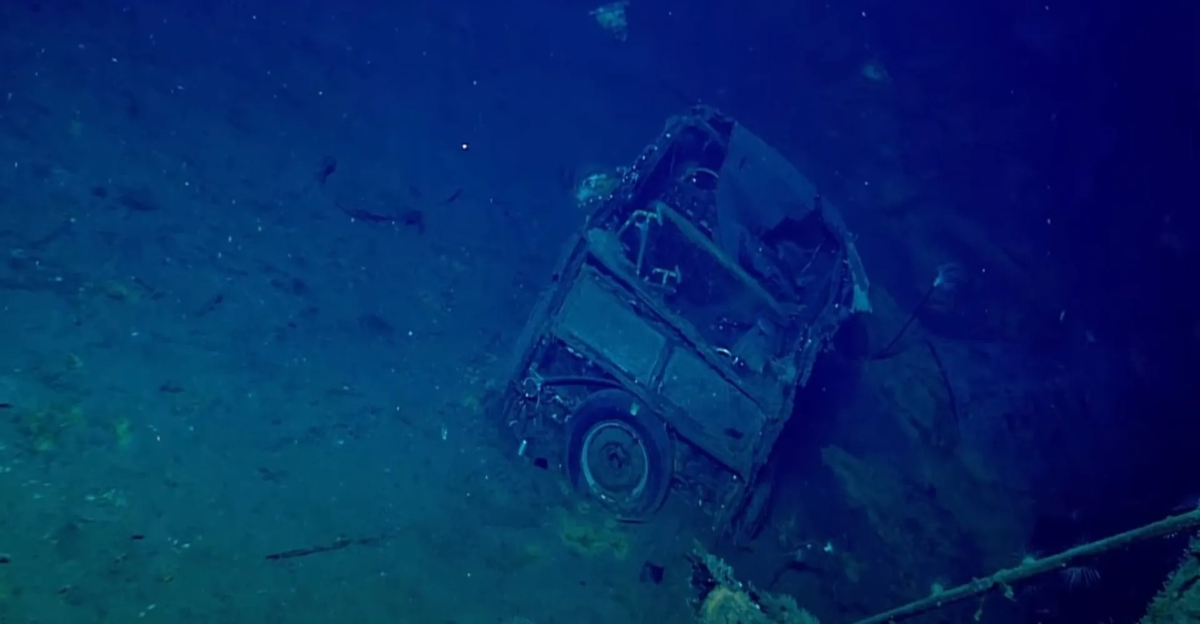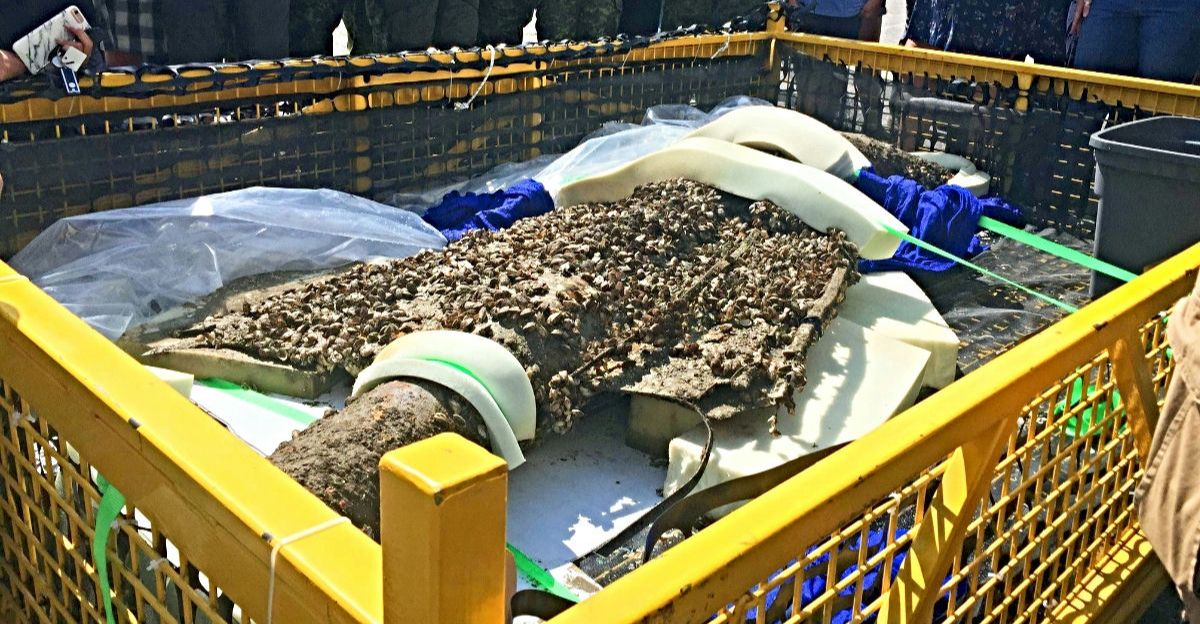
When diving in a lake, you expect to find some interesting things, but you certainly don’t plan on finding a classified test model from the legendary Project Arrow. After decades of elusive searches, the Raise the Arrow team found a long-lost part of “Project Arrow’ that was thought to be lost for good.
All About Project Arrow
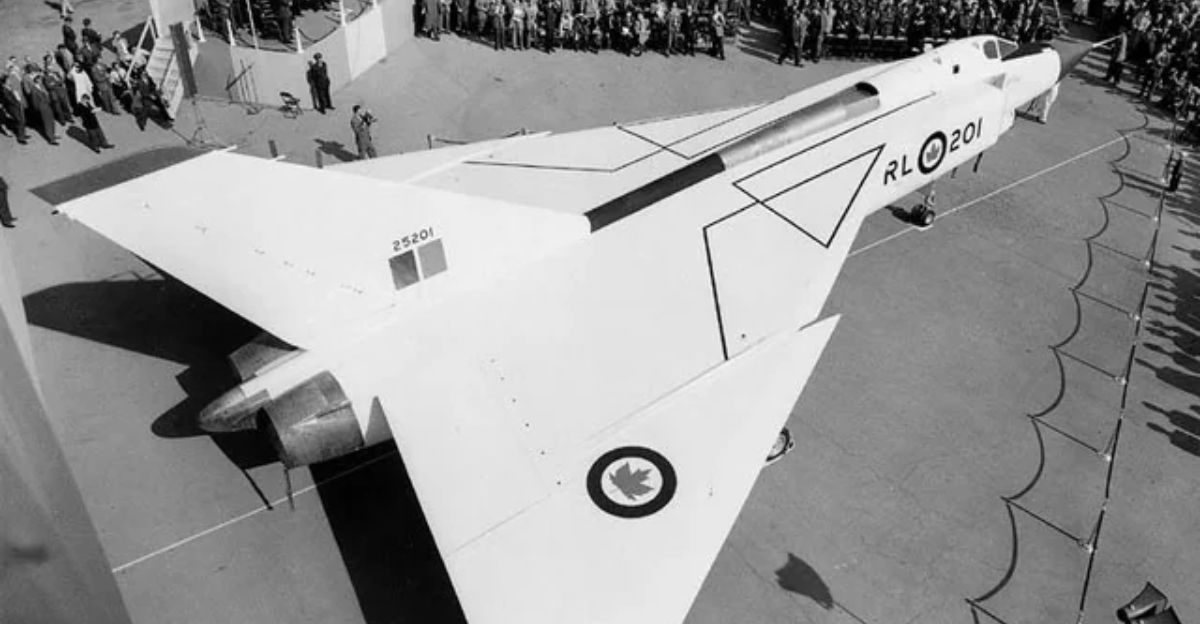
Project Arrow was Canada’s groundbreaking 1950s initiative to develop the Avro CF-105 Arrow, a supersonic, delta-winged interceptor jet designed by Avro Canada to defend against Soviet bomber threats during the Cold War. The Arrow was one of the most advanced aircraft of its time, engineered to fly at speeds exceeding Mach 2 and altitudes above 50,000 feet.
The project began in the early 1950s, when the fear of a Soviet air attack over the Arctic was at its highest. The Royal Canadian Air Force felt they needed a cutting-edge all-weather nuclear interceptor just in case things took a wrong turn. Despite its technological promise and national pride, the Diefenbaker government abruptly canceled the program in 1959, destroying all prototypes.
The Raise the Arrow Expedition
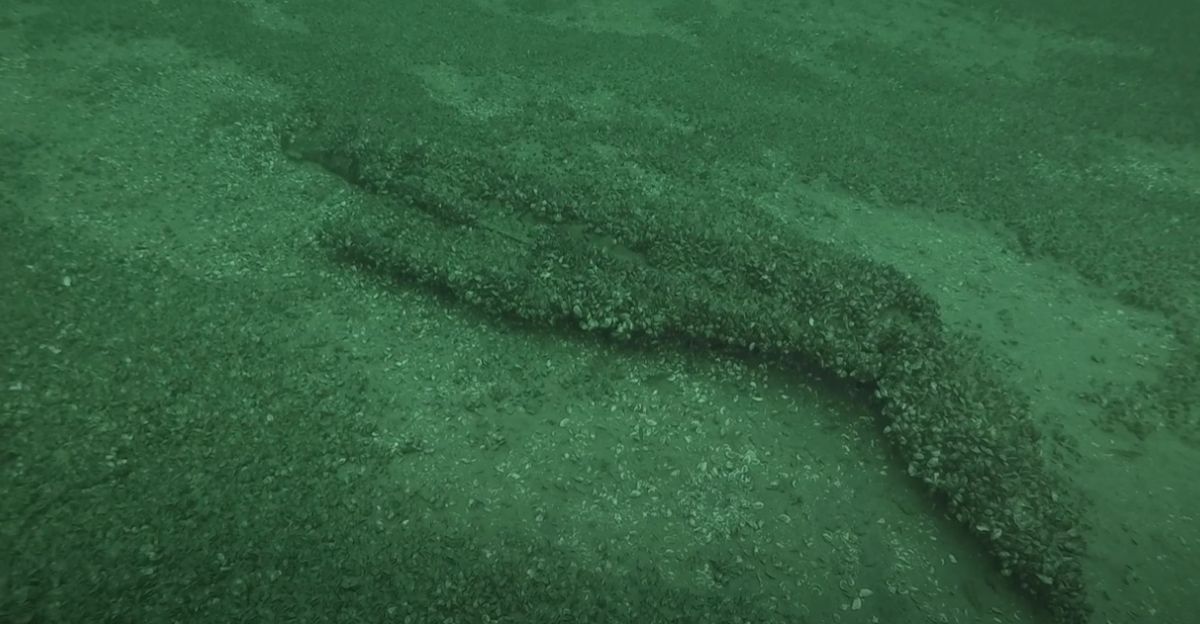
This was a dedicated mission led by the OEX Recovery Group Incorporated, launched in 2017, with the goal of locating and recovering the lost Avro Arrow test models resting at the bottom of Lake Ontario. This expedition is funded by Canadian mining companies and financial institutions, and it will help the team use advanced underwater technology to scan and document the lakebed near Point Petre.
This expedition was initiated to coincide with Canada’s 150th birthday and the 60th anniversary of the Arrow’s first flight. “Our discovery of the first model is a great technological accomplishment, but it’s also a reminder of a great Canadian achievement, of that wonderful piece of technology that was conceived and tested here,” said John Burzynski, Raise the Arrow expedition leader and the head of OEX Recovery Group.
Description of the Model

The recovered model is approximately three meters long and has a 6.5-foot wingspan. It was designed as a free-flight test replica of the Avro Arrow. It was found upside down and covered in zebra mussels, showing signs of impact damage from its high-speed water entry.
“What we found is a debris field. The one we found is certainly one of the last four; it’s a particular piece of the fuselage. You can see the metal. We have indications of yellow paint, which strongly indicates it’s one of the last four. Only the last four were painted yellow and were of very similar construction,” Burzynski said.
Location and Depth of the Find
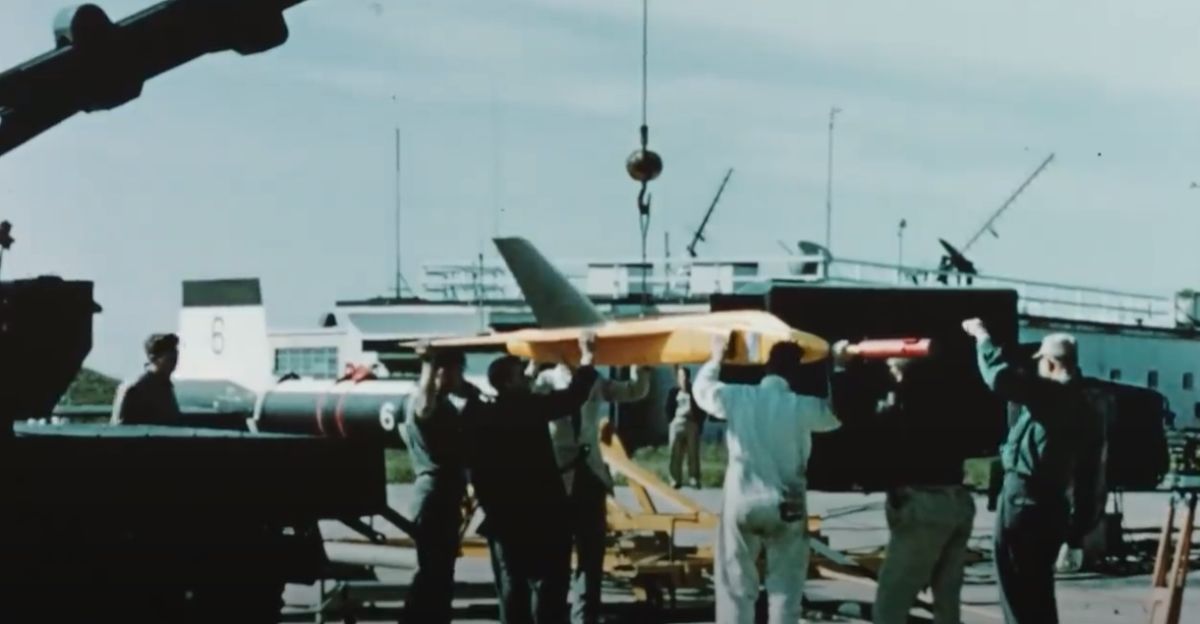
The Avro Arrow was found on the rocky bottom of the lake close to where the original rocket launches took place in the 1950s. The search area covers a wide grid with water depths ranging from about 16 feet near the shore to as deep as 328 feet farther out into the lake. The specific location of the find lies within a depth range of approximately 98 to 196 feet, where sonar imaging identified around 100 potential targets.
“It may become too rough [this year] to bring this up, but when we do, we’ll be doing some excavations around it,” continued expedition archaeologist Scarlett Janusas. “We’ll build a cradle and bring it up so it won’t break apart.”
Materials and Model Variants
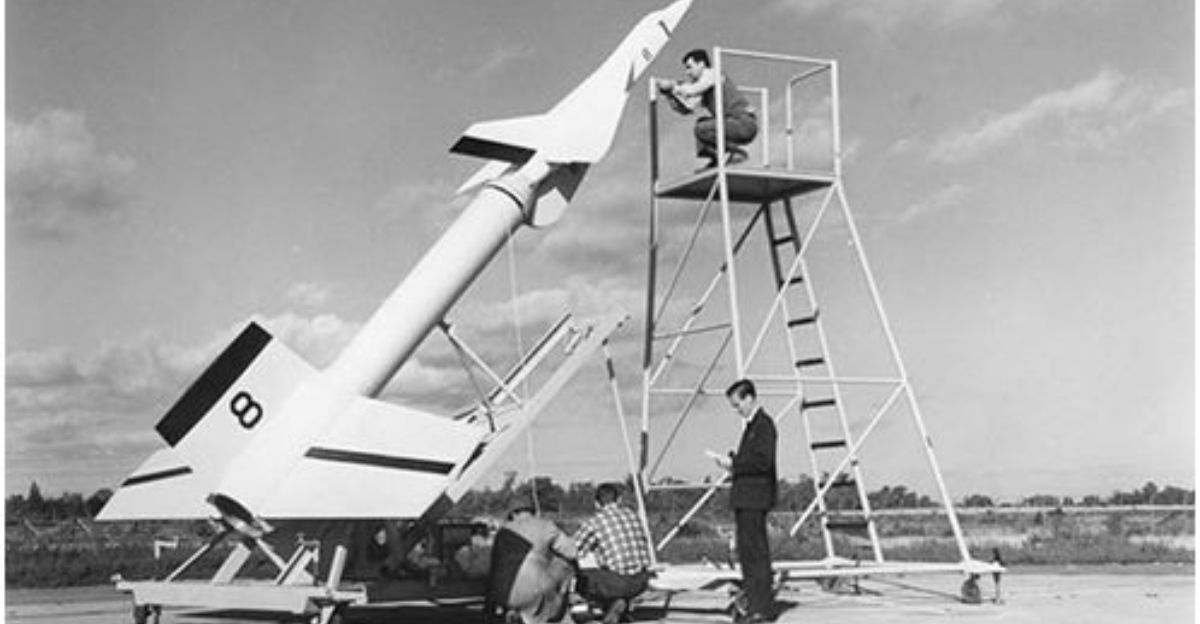
These 1/8th scale free-flight models were carefully crafted to replicate the full-sized Arrow’s delta-wing design and were equipped with instrumentation to collect flight data before being launched by rocket boosters. Variants of the models included different paint schemes and markings. The team also identified several test tracking vehicles (TTVs), simpler cylindrical models used to test shore equipment.
Funding and Support
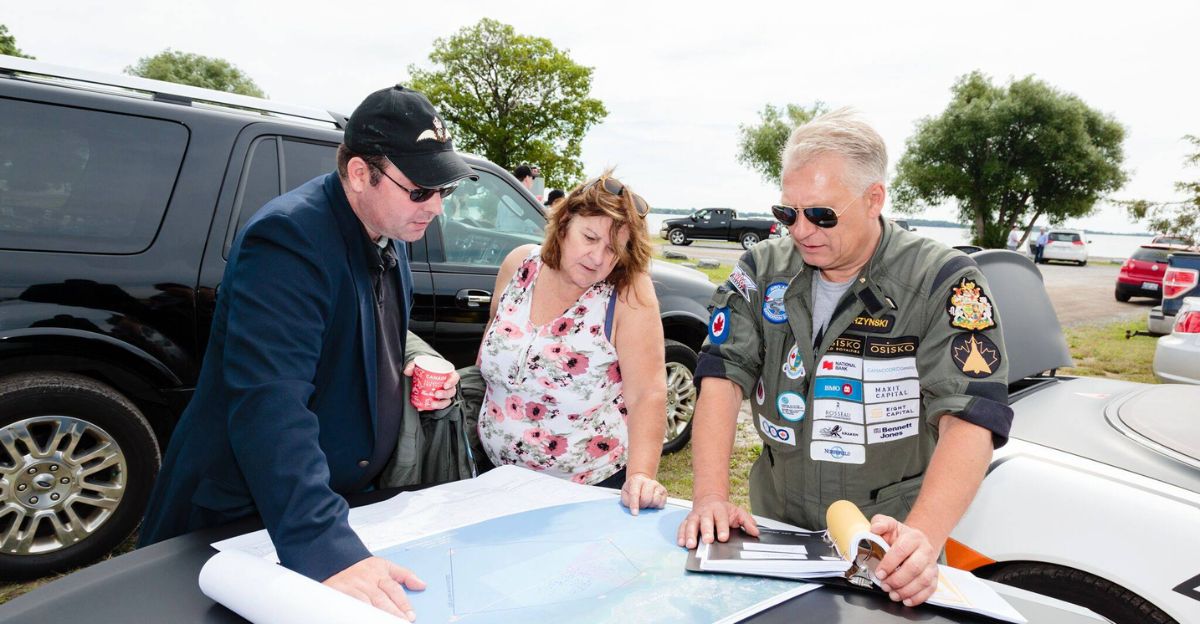
OEX Recovery Group has pledged over $600,000 to support museums exhibiting the artifacts. It aims to raise several million dollars to create dedicated display spaces showcasing the Avro Arrow legacy. Led by John Burzynski, president of Osisko Mining and head of the OEX Recovery Group Inc., the project has attracted investment from industry sponsors who share a passion for recovering and conserving the lost Avro Arrow test models. This private sector backing has helped provide the team with some of the most technologically advanced equipment to help them find these wrecks.
Challenges of Underwater Recovery
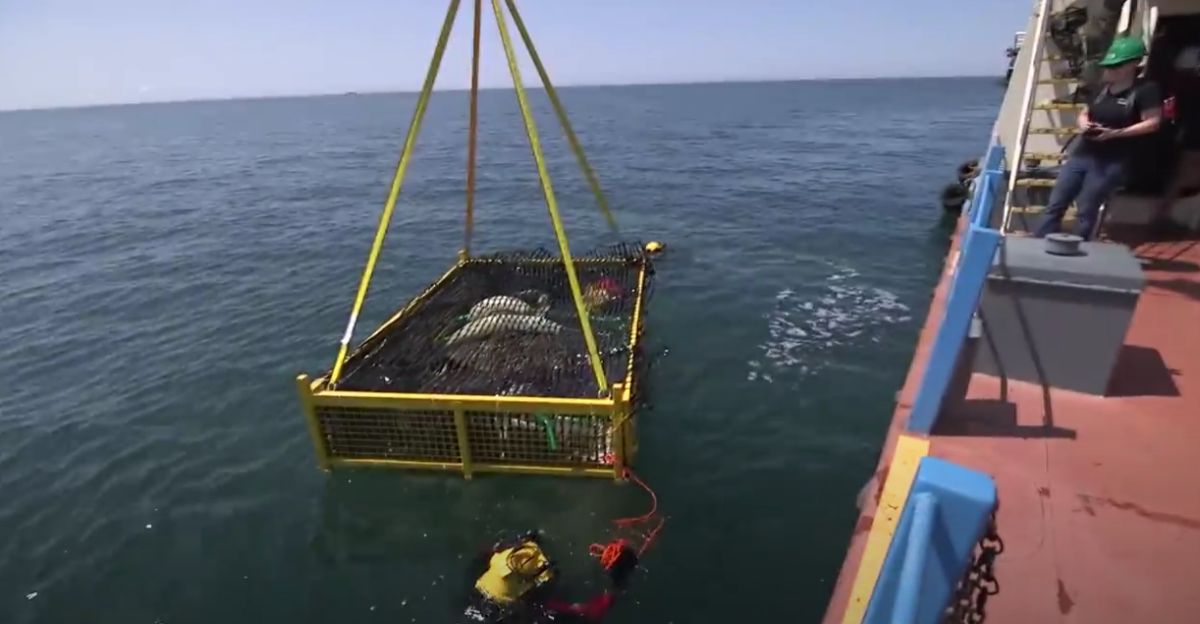
Getting these models to the surface might be easier said than done due to rough weather, lake conditions, and limited underwater visibility in Lake Ontario, which restricts the recovery window each year. Plans include building custom cradles for safe recovery to avoid damage during extraction. The presence of invasive zebra mussels encrusting the models complicates visual inspections and delicate handling, as these organisms can obscure details and potentially damage the artifacts during removal.
“Judging by the pieces that we did find, they probably came apart at the welds when they hit the water and a lot of the components of these were flat so they would have settled flat on the bottom and would have been covered by silt over the last 65 years and then the mussels building up on top of the silt. So they would have been tough to find,” said Burzynski.
Theories Surrounding The Initial Disappearance

Theories about the disappearance of the Avro Arrow test models started mainly due to the secrecy and abrupt cancellation of the Arrow program in 1959. One theory was that the models were deliberately sunk and left unrecovered after their supersonic test flights because the military base at Point Petre lacked facilities to retrieve them. Many related documents and artifacts were ordered destroyed by the government to prevent sensitive technology from falling into Soviet hands, fueling speculation about intentional concealment.
“Conclusively, we solved the mystery of what’s happened to these. There were lots of theories that they [Avro Arrow] went back and recovered them secretly after the program was done, that they dissolved in the water because they were metallurgy, that they sunk into the sediments or crazy ones like the Russians came and took them away which is always my favourite,” he said.
The Search Continues
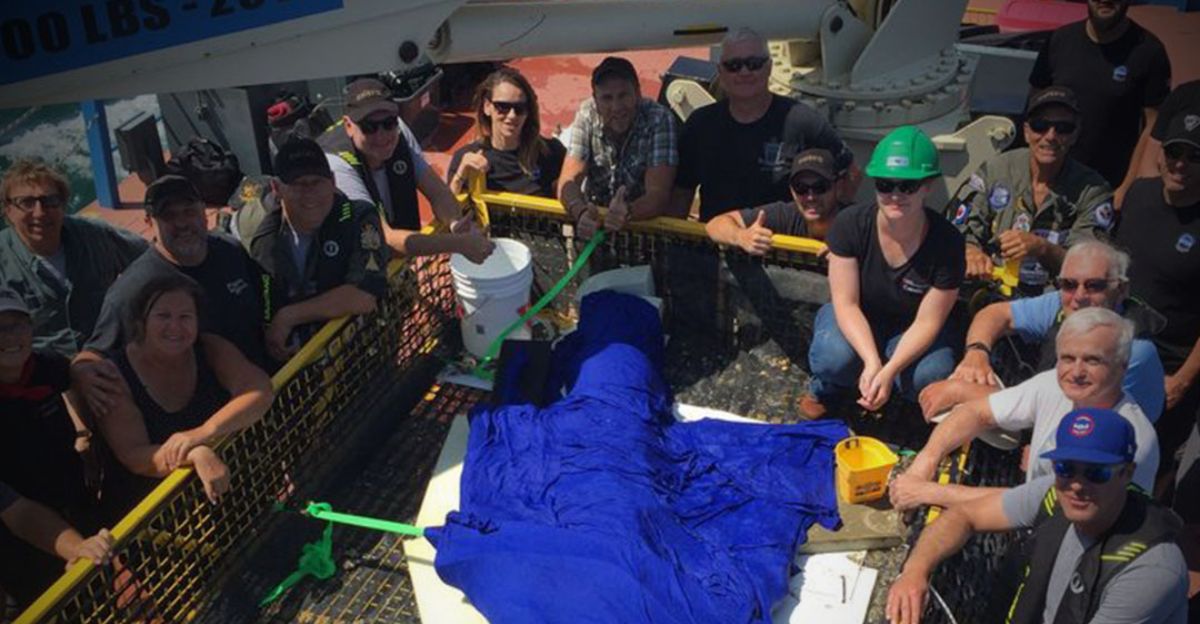
Since the initial discovery of one model in 2017, the Raise the Arrow team has been systematically scanning the lakebed using side-scan sonar and remotely operated vehicles to identify and investigate nearly 100 potential targets within the designated search area near Point Petre. The ongoing efforts are driven by the desire to preserve these rare pieces of Canadian aerospace history and honor the Arrow program’s legacy and the thousands of Canadians who contributed to its development.


